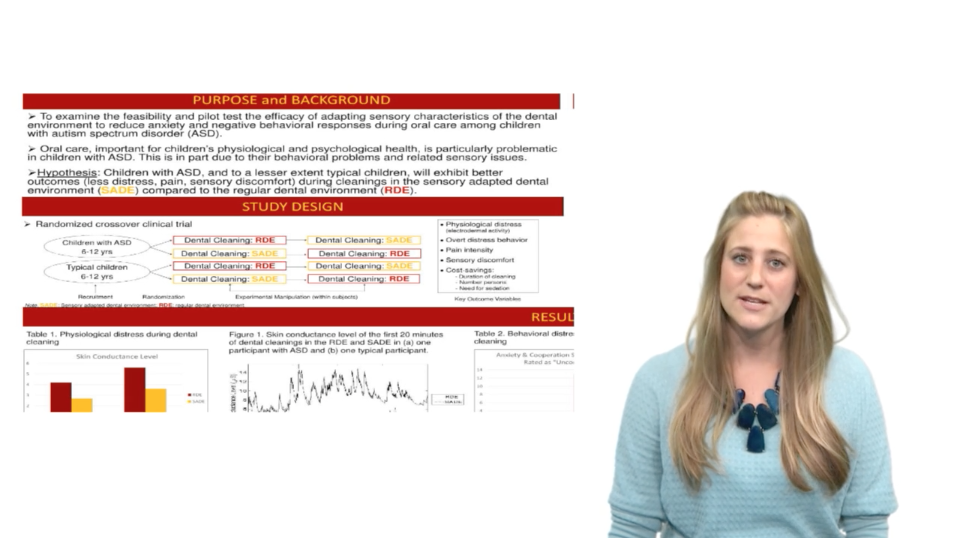SC CTSI Scholars Present Research Projects at National Translational Science Meeting in D.C.
SC CTSI's clinical and translational research scholar program helps scientists develop not just traditional writing and speaking presentation skills, but also fluency in on-camera video presentation and internet distribution.
Sponsoring and preparing scholars to present poster presentations of their research at the national Translational Science 2016 meeting in Washington, D.C. – the country's largest gathering of clinical and translational scientists – has been a regular part of SC CTSI's workforce development activities for years.
But in-person poster presentations can only reach a limited audience, so the SC CTSI has increased emphasis on one of today's most important presentation mediums: online video.
"It's impossible to reach everyone you need to reach through an in-person presentation, so video and online content are becoming crucially important methods of sharing scientific information with the scientific," explained Cecilia Patino-Sutton, MD, PhD, Director of Education for SC-CTSI's Workforce Development group. "Researchers now have the opportunity to leverage professional video presentation fluency, and their knowledge on how to disseminate their video content online to colleagues throughout the world."
Learn more about the scholars and watch their videos: Leah Stein Duker, Nathan Robison, Margaret Trost.
From lab to video studio
But developing a research video, as well as producing high-quality productions, is a different set of skills than writing or speaking in person. So before the 2015-2016 cohort of scholars attended the NTS meeting, they entered the studio.
With support from the SC CTSI team and distance education specialist Gary San Angel, each scholar created a video of their poster presentations. \
"During the recording session, Gary gave me a number of suggestions that improved the effectiveness of my delivery," said Leah Stein Duker, a research assistant professor at the Chan Division of Occupational Science and Occupational Therapy. "He also zoomed in on relevant areas of my poster during my discussion, so that viewers of the video could take in the information much more easily."
In an innovative twist, at the NTS meeting, the scholars also handed out business cards with a scannable QR (Quick Response) code printed on the back. The square, machine-readable black-and-white optical codes, familiarly used to contain information about products in retail stores, directed the cardholder to the video presentations, making it easier for colleagues and potential collaborators to connect.
"Poster presentations have always been an important part of scientific conferences, but this is the first time we've used video to increase our researchers' competency in presentations as well as to serve as a way to boost professional networking in their fields," said Patino-Sutton. "Today, scientific literacy goes beyond the traditional requirements of writing articles and presenting talks to all of these emerging areas of media and technology within the bigger field of Digital Scholarship."




